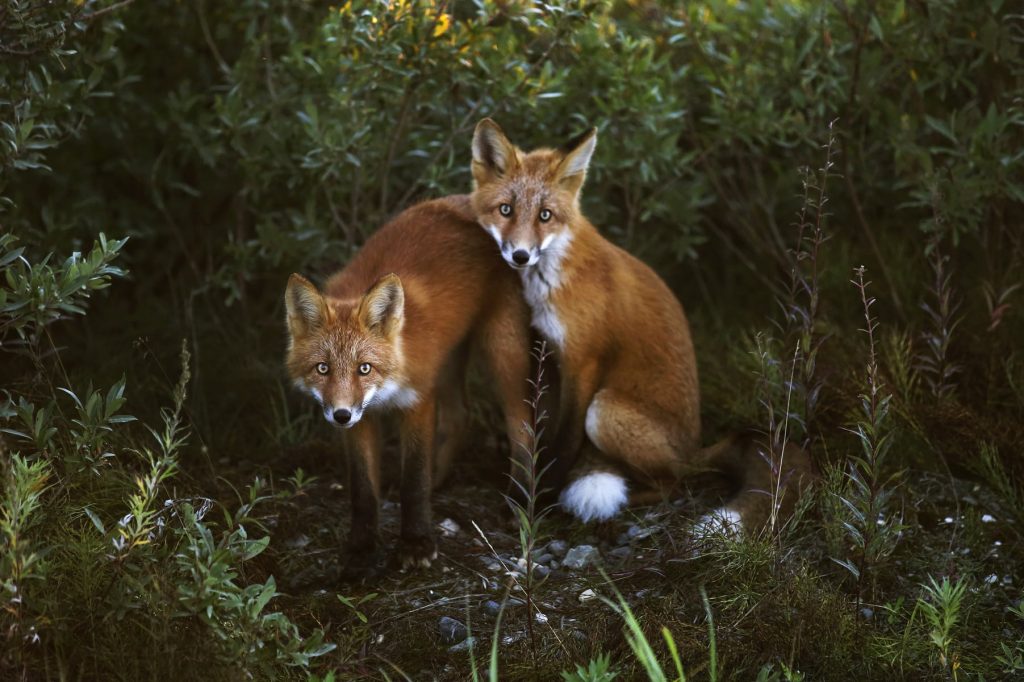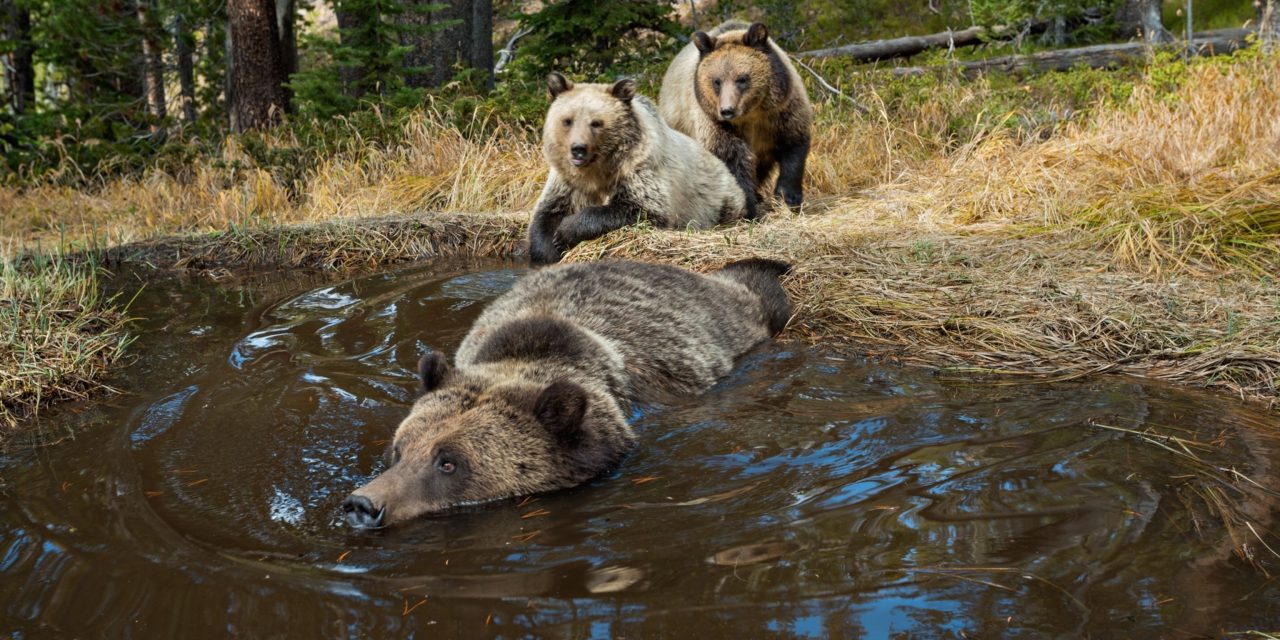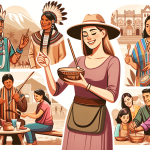Have you ever been out exploring nature or in a crowded public place and wondered if it’s okay to snap a photo of the people or wildlife around you? You may be surprised to learn that there are actually some restrictions on photographing both people and wildlife. Whether it’s for privacy concerns or to protect endangered species, it’s important to be aware of the rules and guidelines when it comes to taking photos in certain situations. Are there restrictions on photographing people or wildlife?
So, you’ve got that shiny new camera and you’re all ready to start snapping away at anything and everything that catches your eye. But hold on a minute – are there restrictions on photographing people or wildlife? It’s a valid question, and one that many beginner photographers might not consider until they run into trouble.
Well, in short, the answer is yes. There are definitely some rules and regulations you need to be aware of when it comes to taking pictures of people or wildlife. Let’s break it down for you.
Photographing People
When it comes to photographing people, there are a few key things to keep in mind to ensure you are respecting their rights and privacy.
Consent
The most important thing to remember when taking pictures of people is that you should always get their consent before snapping away. This is especially true if you are planning to use the photos for commercial purposes or if the person is easily recognizable in the shot.
It’s always a good idea to have a model release form handy, which is a legal document signed by the person in the photo giving you permission to use their image. If someone asks you to delete a photo you’ve taken of them, it’s best to do so to avoid any conflicts.
Public vs. Private Spaces
Another key consideration when photographing people is whether you are in a public or private space. In public spaces, such as parks or streets, people generally have a lower expectation of privacy and you are free to take photos of anyone around you. However, in private spaces like someone’s home or a private event, you should always ask for permission before taking photos.
Cultural Sensitivity
It’s important to be culturally sensitive when taking pictures of people, especially when traveling to different countries. Different cultures have different attitudes towards photography, and what may be acceptable in one place could be highly offensive in another. Always be respectful of the people you are photographing and ask for permission when in doubt.
Children
When it comes to photographing children, you need to be extra careful. Always get permission from a parent or guardian before taking pictures of minors, and be aware of any laws in your area regarding child photography. In some places, it is illegal to take photos of children without parental consent.

Photographing Wildlife
Now let’s talk about photographing wildlife. Whether you’re an amateur nature photographer or a seasoned professional, there are some rules and guidelines you should follow when it comes to capturing images of animals in their natural habitat.
Respect Wildlife
The number one rule when photographing wildlife is to respect the animals and their environment. Never disturb or harass an animal in order to get a better shot, and always maintain a safe distance to avoid any potential harm to yourself or the animal. Remember, you are a visitor in their home, so act accordingly.
Know the Laws
Before setting out to photograph wildlife, it’s important to familiarize yourself with the laws and regulations in the area you will be shooting. Some parks and protected areas have specific rules about photography, and it’s your responsibility to know and follow them. Failure to do so could result in fines or even criminal charges.
Use a Telephoto Lens
To get up close and personal with wildlife without actually getting up close and personal, invest in a good quality telephoto lens. These lenses allow you to capture incredible detail from a safe distance, without disturbing the animals. Remember, it’s all about capturing the beauty of nature without causing any harm.
Be Patient
Wildlife photography requires a lot of patience. Animals don’t always cooperate, and you may have to wait for hours or even days to get the perfect shot. Take your time, observe the behavior of the animals, and be prepared to put in the effort to get that once-in-a-lifetime image.
Be Ethical
Finally, always practice ethical wildlife photography. Never bait or lure animals with food, never interfere with their natural behavior, and never manipulate a scene to get a better shot. Your goal should be to capture animals in their natural environment, behaving naturally, without any outside influence.
In conclusion, while there are definitely restrictions on photographing people or wildlife, with a little bit of knowledge and common sense, you can navigate these rules with ease. Just remember to always get consent when photographing people, respect the wildlife you are capturing, and follow the laws and guidelines in your area. Happy shooting!













